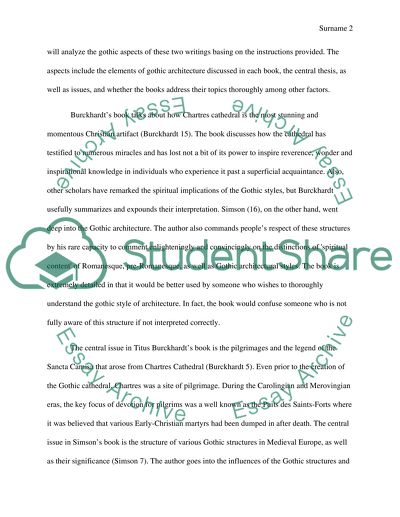Cite this document
(“Gothic Architecture Book Report/Review Example | Topics and Well Written Essays - 1500 words”, n.d.)
Retrieved from https://studentshare.org/miscellaneous/1617131-gothic-architecture
Retrieved from https://studentshare.org/miscellaneous/1617131-gothic-architecture
(Gothic Architecture Book Report/Review Example | Topics and Well Written Essays - 1500 Words)
https://studentshare.org/miscellaneous/1617131-gothic-architecture.
https://studentshare.org/miscellaneous/1617131-gothic-architecture.
“Gothic Architecture Book Report/Review Example | Topics and Well Written Essays - 1500 Words”, n.d. https://studentshare.org/miscellaneous/1617131-gothic-architecture.


